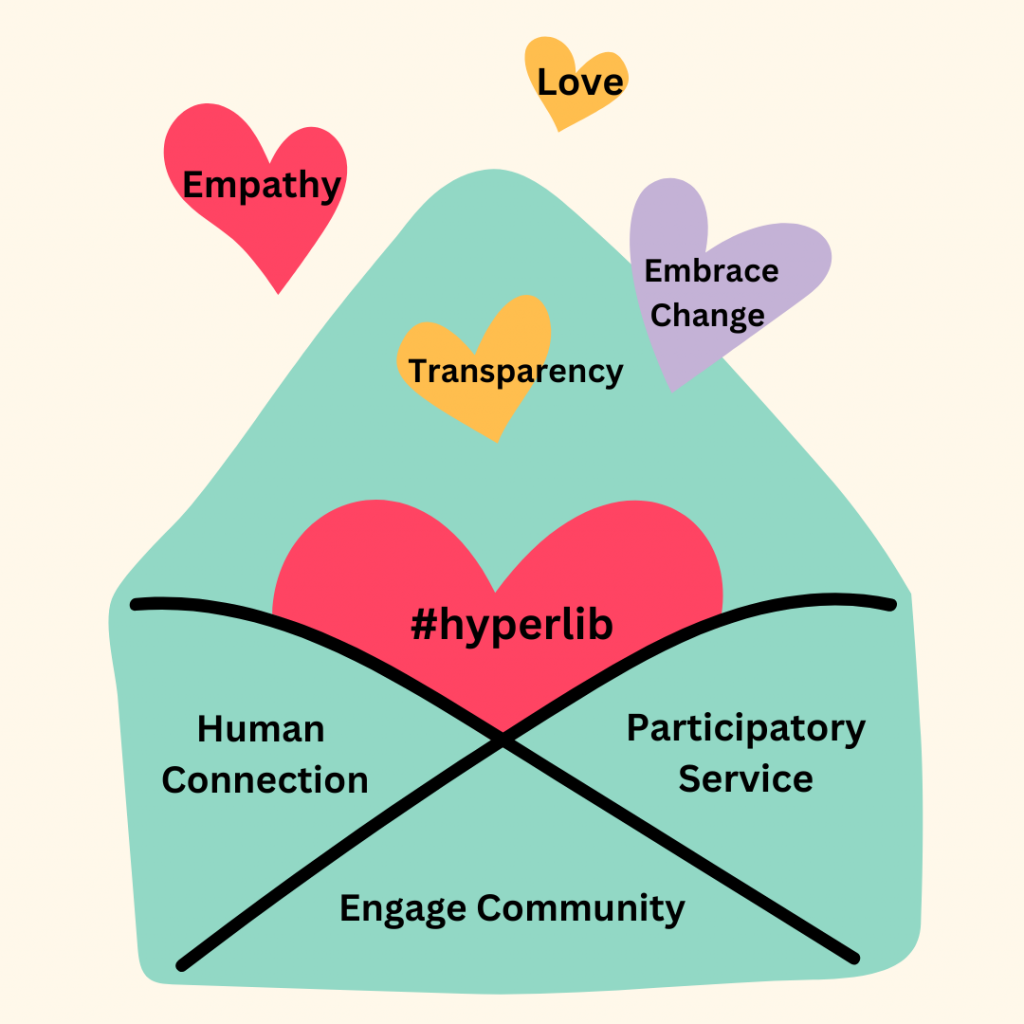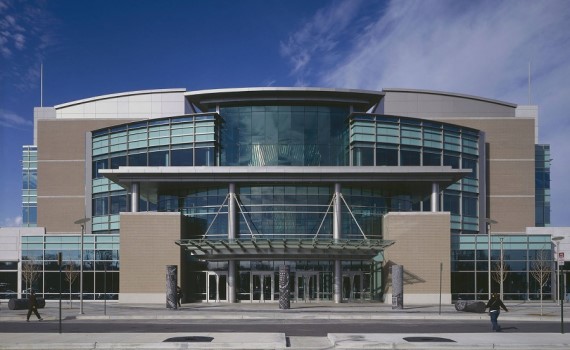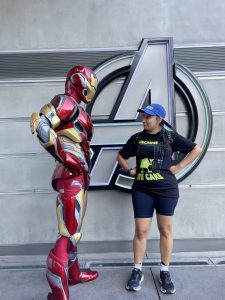
Something that stuck with me from the first four modules was the concept of the participatory library and, because it goes hand in hand, participatory service. I had considered certain aspects of what we learned about the participatory library and participatory service before without knowing that is what it was called, but I was not aware it had a name, nor had I thought about it to the extent that we have seen in these modules.
In the “Participatory Service and Transparency” lecture @michael (2024) states, “Libraries create and facilitate connections. And that, to me, that is that idea of participation. The library can be the heart of the community, and every community member that puts into it, into participation whatever way that may be, makes it stronger.” And I, wholeheartedly agree with this sentiment.
In interviewing Librarian Chris Jones, Siossian and Marshall (2022) write that he said that “libraries were thriving as people changed the way they used them.” Indeed libraries have become places that are much more than the books and stories they hold. As time and people’s needs change, it is imperative that we listen to what our communities need out of their libraries.
A library building by the people
Quite a bit of what I came across were articles that speak about engaging the community to participate in what their library does focus on the building itself. Leferink (2018) and O’Brien (2019), both speak on how the libraries they write about have allowed for its patrons to be involved in the design of their libraries. Leferink (2018) declares that this involvement results not only in an “increase of end users at the library,” but in the library transitioning “from a library to their library.” @michael (2024) also mentions the Dokk 1 Library in Aarhus, Denmark, which was built following the Four Spaces of the Public Library Model, and how the director once declared, “We built our library for people, not books.”
The remodeling and building of libraries is tied to the idea of participation and engagement with the community. People are more likely to visit a library when the space that is created is made with its users in mind. And while it is amazing and incredible that there are libraries out there that are able to provide this level of participation, as a library worker of a library system that does not have the means to remodel or build a new library, I was left with only one question. What can libraries that do not have the monetary means to go this extra mile do to engage their communities?
Patron participation with a limited budget
Not every library system budget has the means to remodel or to even provide expensive programs and resources. That is an unfortunate truth. So what can these library systems do to still create a library by the people for the people?
An Australian study found that “Social media can be useful when used to create participatory library service emphasizing engagement with users” (Smeaton & Davis, 2024). Social media is a great way to reach library patrons. It not only allows for libraries to promote their programs, resources, and services, but it can be a fun way to reach people in the comfort of their own home. If done right, “social media can help them [libraries] to achieve their mission of engaging with the community, and specifically, allowing them to participate in conversation with their community” (Smeaton & Davis, 2024).
Casey and Savastinuk (2007) mention a few ways libraries have been able to gather commentary from the public: customer comment cards, blogs where the public can comment on things happening in the library and some that even involve directors fielding questions and comments. This, above all, seems like a great way to have that participation and transparency as well with the public. Commentary from the public allows libraries to know what it is that the public needs, what they think could be improved about certain services and programs, but also shine the light on what the library is successfully doing. In this same direction, something that my library likes to do are surveys. We used one regarding our storytime when we were not sure if the day and time was something people preferred and whether a craft afterwards was something people enjoyed. Sure enough, the survey helped us determine that our usual day and time was what worked best for the majority, but a craft was not necessarily something they wanted after the storytime.
Reflecting on future practices
While the options I found through my research are great, I see myself moving forward looking for even the smallest of ways to get our community to participate in what we do at the library. Perhaps it lies in asking younger patrons what character coloring pages they would like to see or perhaps in having extra books at the ready for storytime and letting those attending choose what they want to read from the pile. Whatever it may be, I will be looking for moments to engage my community in participating with what we do in their library.
References
Casey, M. E., & Savastinuk, L. C. (2007). Library 2.0 : a guide to participatory library service. Information Today.
Leferink, S. (2018, January 24). To keep people happy…keep some books. Next. https://blog.oclc.org/next/to-keep-people-happy-keep-some-books/
O’Brien, C. (2019, June 24). How san francisco’s public libraries are embracing their changing role. Shareable. https://www.shareable.net/how-san-francisco-public-libraries-are-embracing-their-changing-role/
Siossian, E., & Marshall, C. (2022, July 14). Libraries are about ‘people, not books’ as they survive and thrive in digital age. ABC NEWS. https://www.abc.net.au/news/2022-07-15/libraries-survive-and-thrive-in-digital-age/101211278
Smeaton, K., & Davis, K. (2014). Using social media to create a participatory library service: an Australian study. Library and Information Research, 38(117), 54–76. https://doi.org/10.29173/lirg593



